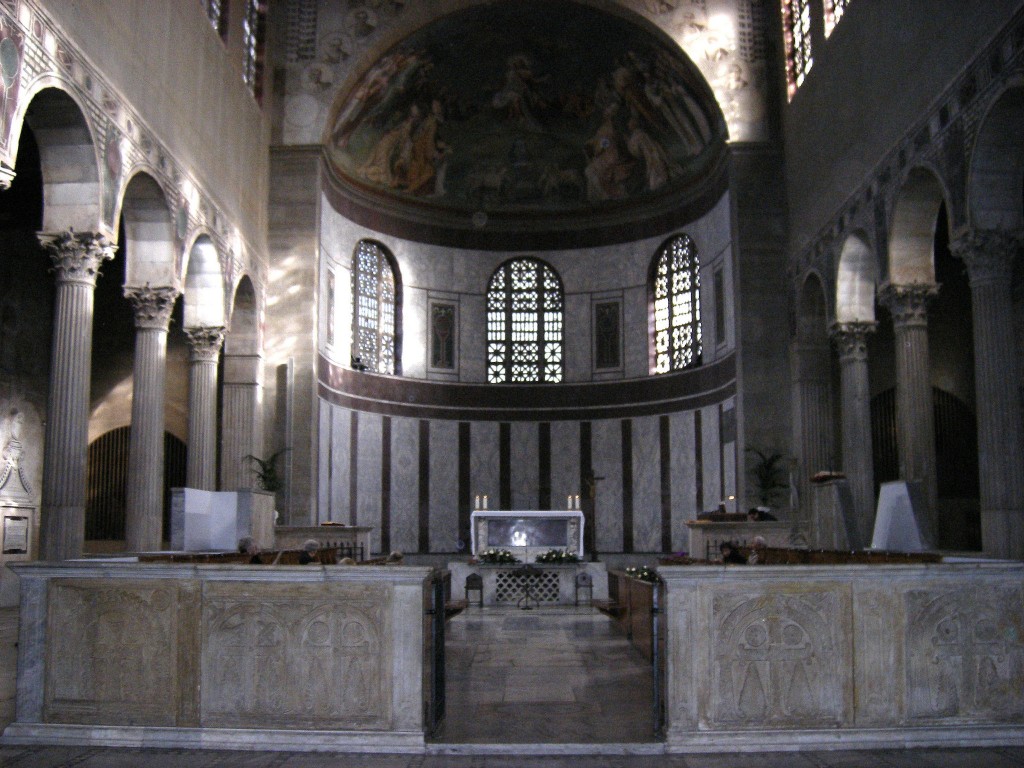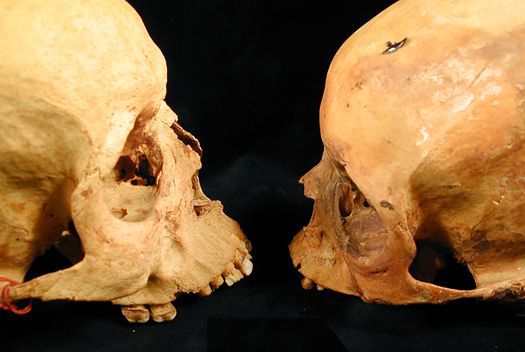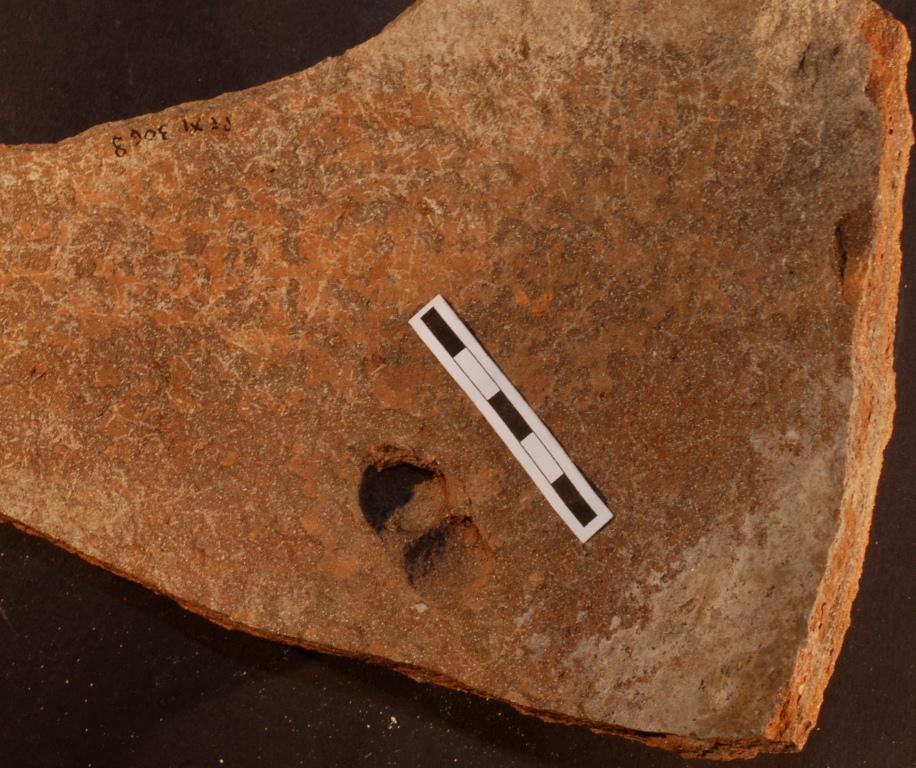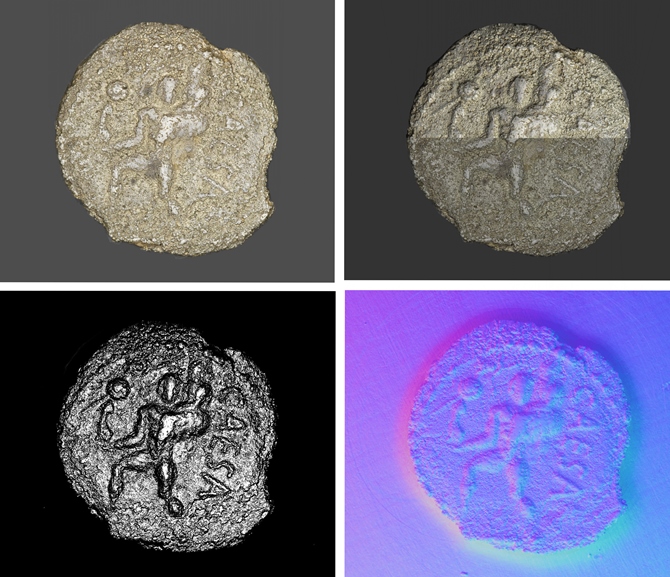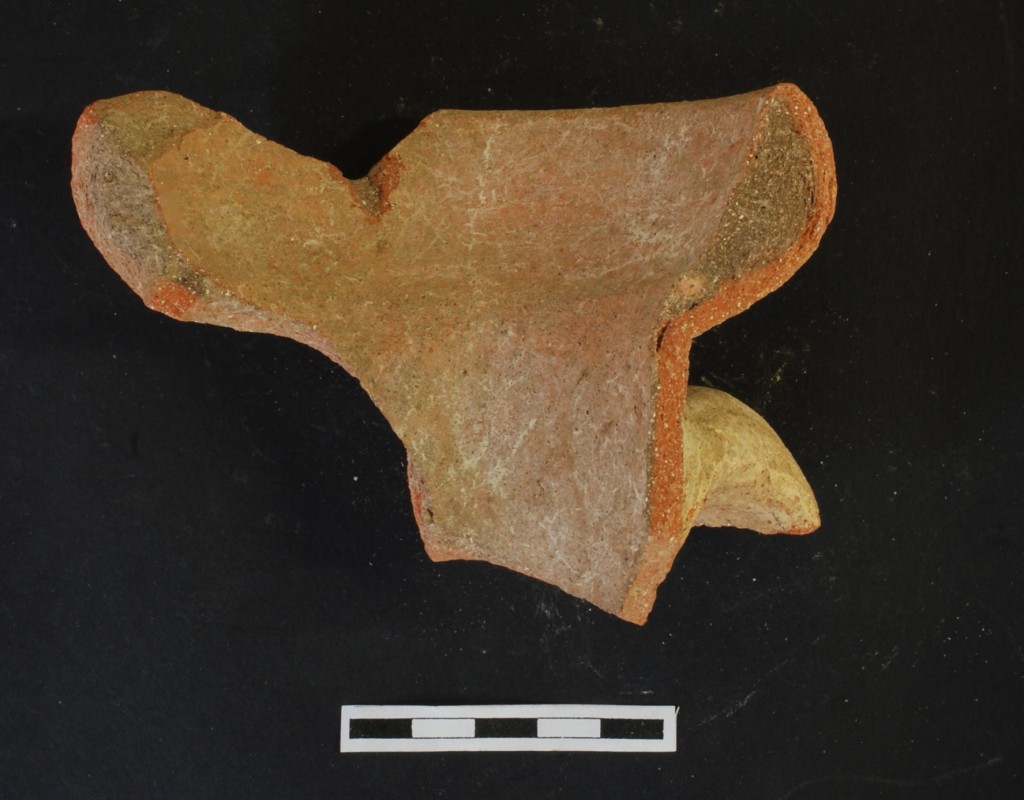An understanding of the manufacturing techniques and of the production sequence in terms of how pots are made provides us with an insight into the people making the ceramics. The clay, the raw material, is a plastic additive medium, allowing for traces of its manipulation by the potters, to be left in the finished ceramic product. Fashioning methods, or manufacturing techniques, used in creating a vessel are usually detectable.
Continue reading →
